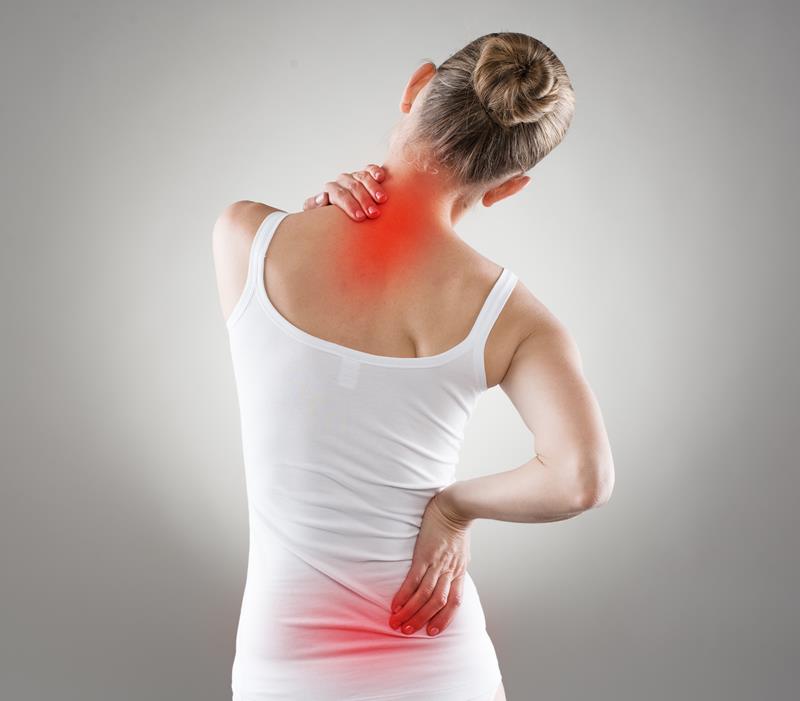Personalized Scoliosis Care for Better Alignment
Our scoliosis chiropractic care focuses on comfort, function, and long-term spine health—combining gentle adjustments, mobility work, and targeted strengthening to support better alignment and daily living.

Understanding Scoliosis
Scoliosis is an abnormal lateral curvature of the spine that may appear in adolescence or adulthood. While curve size can vary, many people experience stiffness, muscle imbalance, or pain with activity, sitting, or standing. Conservative care can help improve comfort, movement, and confidence with daily tasks.
Common contributors: asymmetric muscle tone, joint restriction, deconditioning, prolonged sitting/standing, and sub-optimal movement patterns.
Typical goals: reduce pain and stiffness, improve posture and mobility, build core/hip endurance, and support long-term spine health.
Signs & Patterns We See
- Visible asymmetry (shoulder/rib prominence, pelvic tilt)
- Mid-back or low-back ache with sitting or standing
- Limited thoracic rotation or side-bending
- Muscle fatigue in the back, hips, or between the shoulder blades
- Difficulty finding a comfortable sleep position
Safety First
We screen for red flags and coordinate with your PCP or specialist when indicated. Sudden neurologic changes, severe unremitting pain, or systemic symptoms warrant medical evaluation.
Gentle Adjustments & Mobility
Comfortable techniques restore motion in areas that tend to stiffen around the curve, helping reduce guarding and improve mechanics.
- Segmental adjustments or mobilization as appropriate
- Thoracic and rib mobility to ease rotation limits
- Breathing mechanics & postural cues
Core & Postural Endurance
Targeted strengthening supports symmetry and reduces flare-ups.
- Side-specific core & hip work (anti-rotation, lateral chain)
- Thoracic extension/rotation drills
- Daily mobility routine you can maintain at home
Day-to-Day Strategies
Small changes to desks, lifting, and sleep positions help you feel better longer.
- Sit-to-stand planning & micro-breaks
- Back-friendly lifting and carry positions
- Pillow & mattress guidance for spine support
What to Expect in Care
We begin with a focused history, postural screen, and movement testing. Your plan is staged: relieve pain and stiffness, restore mobility, and build strength and endurance for sustainable results. Many patients notice early mobility and comfort gains within the first several visits, with progressive changes over 4–8+ weeks depending on severity and adherence.
When We Modify or Don’t Adjust
If imaging or specialty referral is warranted (e.g., rapid curve change, progressive neurologic signs), we coordinate care. We always choose the safest, most effective approach.
Better Together
- Adjustments + mobility + graded strengthening
- Breathing, posture, and movement coaching
- Home programming to sustain results
Appointments available in Georgetown and Taunton.
For many individuals with scoliosis, conservative care that blends manual therapy, exercise, and education can improve comfort and function. Consistent, side-specific strengthening and mobility work support long-term results.
Ask us how we adapt plans for adolescents vs. adults with scoliosis.
Your First Visit
- Posture, movement, and neuro-ortho screens
- Curve awareness, breathing, and mobility assessment
- Clear diagnosis and first steps toward relief
Care Plan
- Gentle adjustments & region-specific mobility
- Core/hip endurance & lateral chain work
- Home exercises and ergonomic coaching
Outcomes We Track
- Pain and function scales
- Posture and thoracic/lumbar mobility
- Daily tolerance (sitting/standing/sleep)
Scoliosis Chiropractic Care FAQs
Is chiropractic care safe for scoliosis?
Yes—when properly assessed. We tailor gentle techniques and modify as needed, coordinating with your PCP or specialist when appropriate.
Will I need imaging?
Not always. Imaging is considered if findings suggest it would change the plan of care, or if red flags are present.
How soon will I notice changes?
Many patients report early improvements in comfort and mobility within a few visits. Endurance and posture changes build with consistent care over weeks.
Is care different for adolescents vs. adults?
Yes. We adapt loading, mobility, and education to age and goals, and coordinate with other providers when needed.
Will I get a home program?
Absolutely—simple, side-specific exercises to reinforce clinic gains and support long-term results.
Do you take insurance?
Coverage varies by plan and service. We’ll review benefits and provide a transparent estimate before care.
